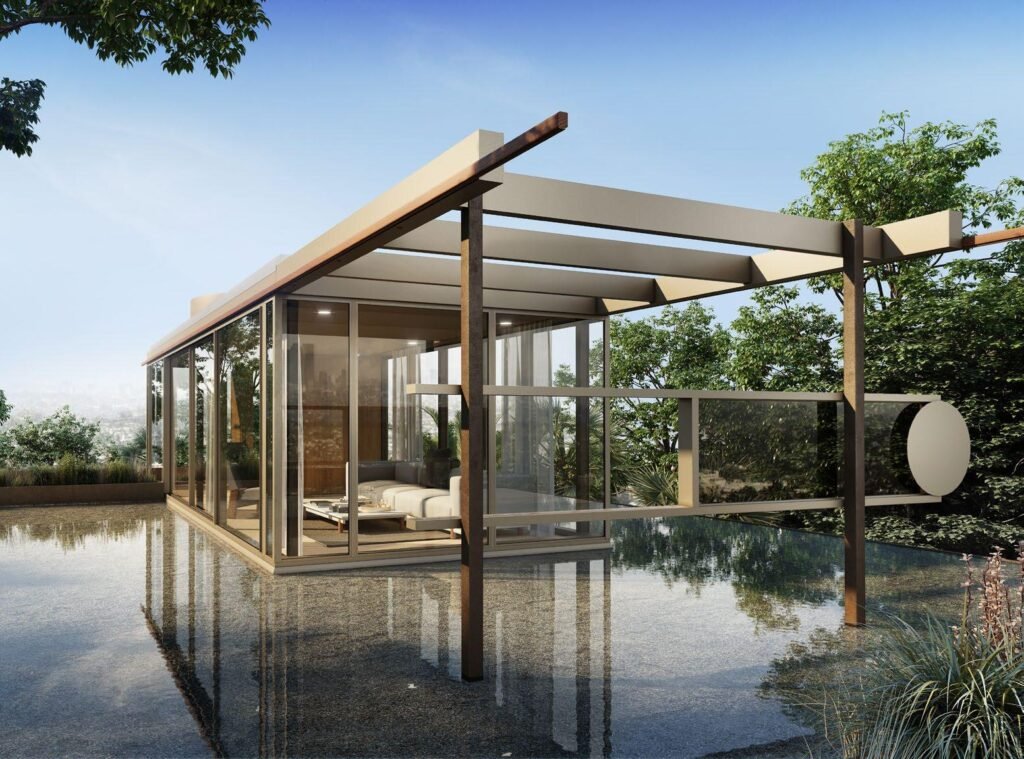Teléfono: (+1) 818 504 9602
¿Necesitas ayuda o tienes alguna pregunta?
Contáctanos
Teléfono: (+1) 818 504 9602
¿Necesitas ayuda o tienes alguna pregunta?
Contáctanos
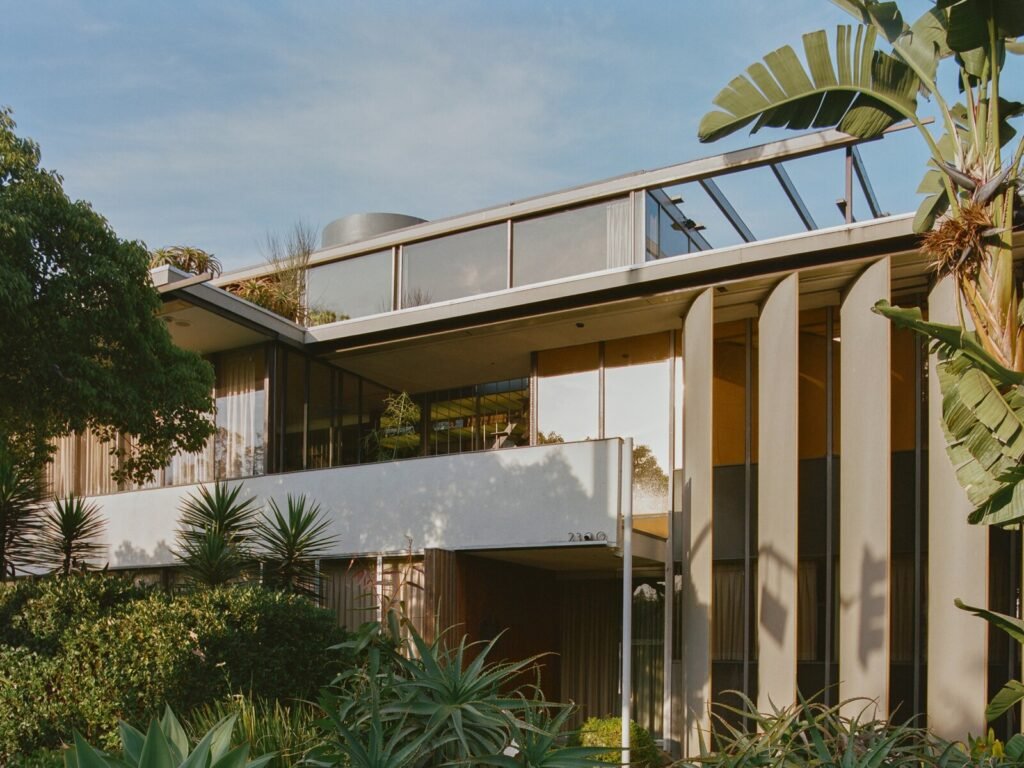
Here at Anna’s Cleaning Service we see a lot of amazing houses. Los Angeles, with its mediterranean climate, cultural influences, architectural history, and spirit of innovation is globally known as a hub for influential residential architecture. One of these Houses is Richard Neutra’s VDL House. Located right across the Silver Lake Reservoir this modernist home can be characterized by its emphasis on functionality, simplicity, and integration with the natural environment. Created by and for Richard Neutra, an Austrian-American Architect, the VDL House is not just an architectural landmark but also a profound statement on living harmoniously with nature and the urban environment.
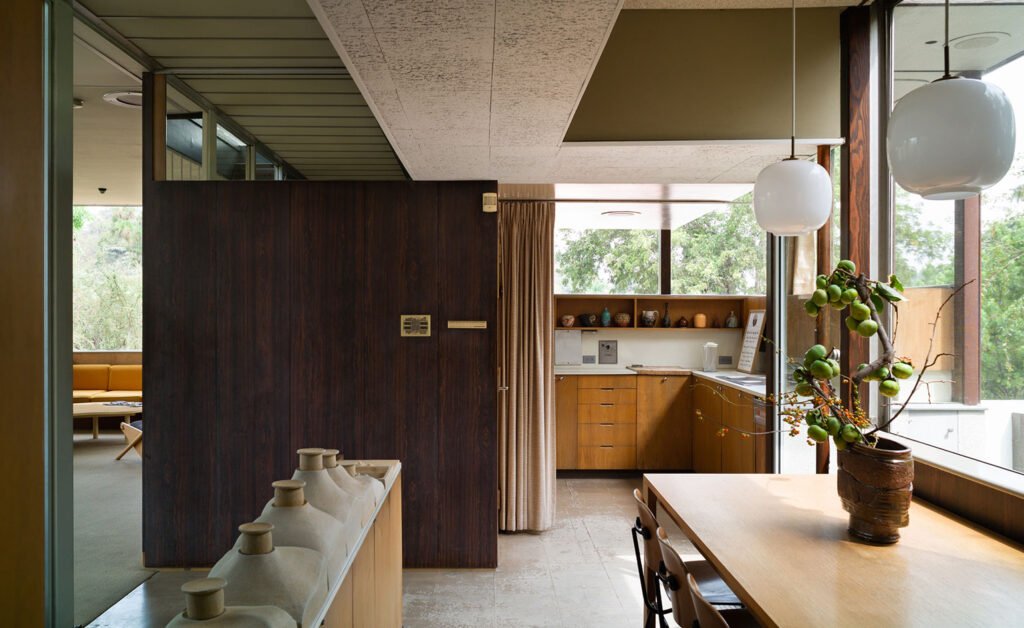
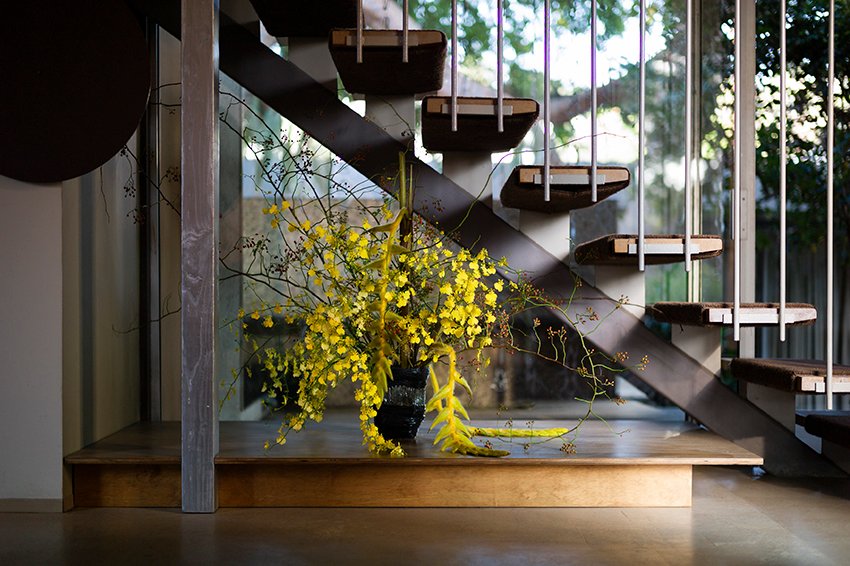
The VDL House was revolutionary for its time, featuring innovative elements that would later become staples of modernist design. The structure was composed of clean, geometric lines and incorporated large expanses of glass, creating a transparent barrier between the interior and the exterior. This design choice not only allowed for ample natural light but also established a visual and spatial connection with the surrounding environment.
One of the most notable features of the VDL House was its extensive use of water. Neutra included reflective pools and water features throughout the property, which not only enhanced the aesthetic appeal but also contributed to a cooling effect, crucial in the hot Los Angeles climate. The water elements, combined with strategic landscaping, helped create a microclimate around the house, demonstrating Neutra’s advanced understanding of passive environmental control.
The interior of the VDL House was designed with flexibility in mind. Movable partitions and multipurpose spaces allowed the house to adapt to the changing needs of its occupants. Neutra’s emphasis on functionality did not come at the expense of comfort; he meticulously designed built-in furniture and storage solutions to maximize space and usability.
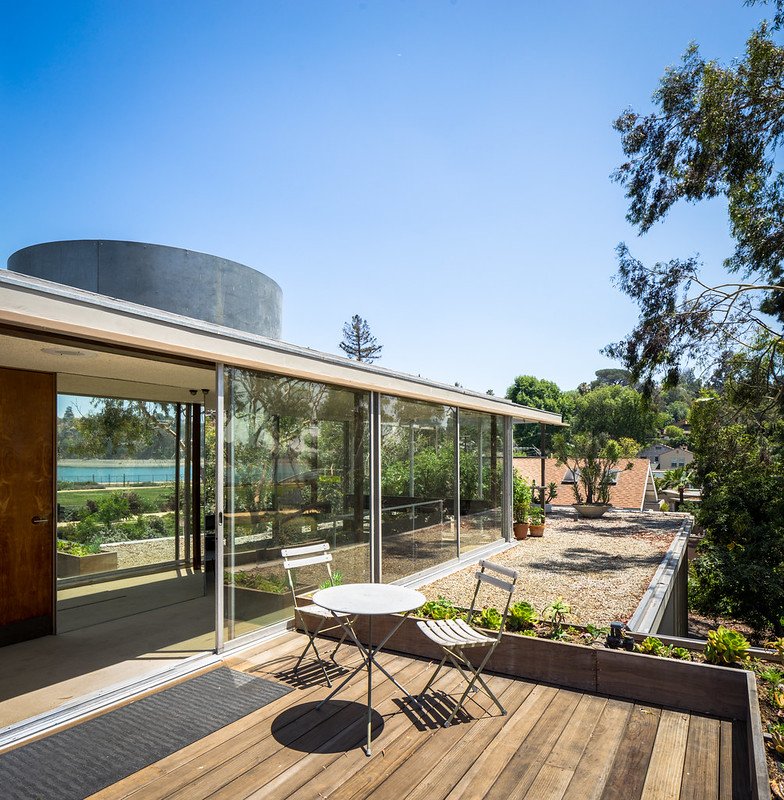

The VDL House stands as a testament to Richard Neutra’s architectural philosophy and his pioneering work in modernist design. It remains a significant cultural and historical landmark, illustrating the potential of architecture to harmonize human living spaces with the natural environment.
Today, the VDL House is preserved as a museum and research facility, managed by the College of Environmental Design at California State Polytechnic University, Pomona. It continues to inspire architects, designers, and scholars who study Neutra’s innovative approaches to sustainable design and his profound understanding of the human experience in relation to built environments.
Richard Neutra’s VDL House exemplifies the timeless principles of modernist architecture: simplicity, functionality, and a deep respect for the environment. Its design and enduring legacy underscore the importance of thoughtful, human-centered design in creating living spaces that are not only aesthetically pleasing but also environmentally responsible. The VDL House remains a beacon of Neutra’s vision, a place where modern architecture and nature coexist in perfect harmony.
